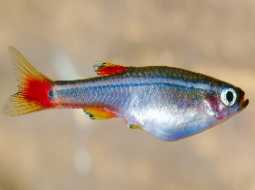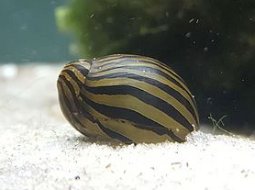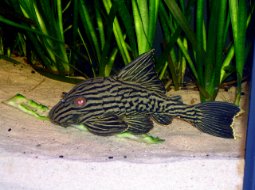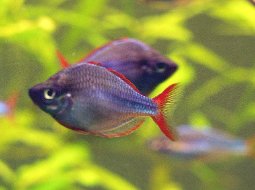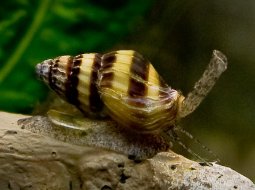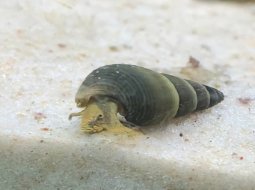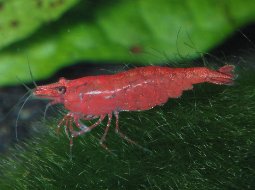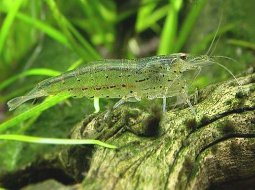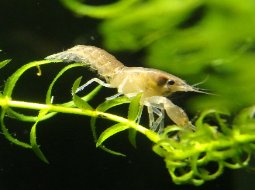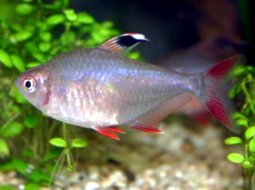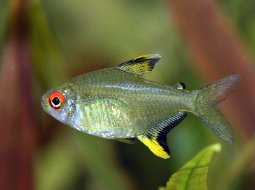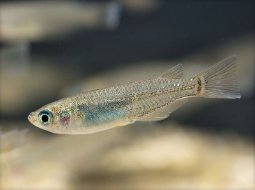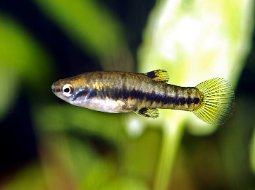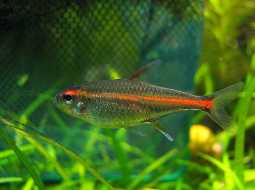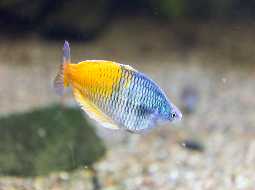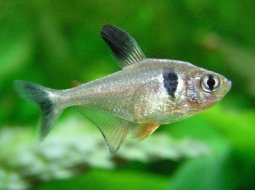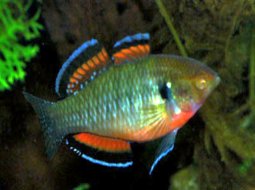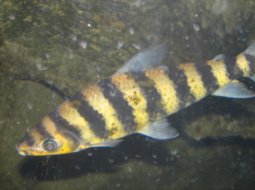
Loading Aqualapp ...
Care and Compatibility of Telescope goldfish - Carassius auratus II
Introduction
The Telescopic Goldfish (Carassius auratus) is a popular and distinctive variety of goldfish, known for its prominent eyes and rounded body. Originating from China, this cold-water fish has been selectively bred to develop protruding telescope-like eyes, hence its name. It is highly valued for its unique and elegant appearance, making it a popular choice for aquarium enthusiasts.
Behavior
Telescopic Goldfish are generally peaceful and sociable, making them suitable for cohabitation with other similarly sized fish species. They are slow swimmers and enjoy exploring their aquatic environment in a calm and graceful manner. Due to their large and vulnerable eyes, it is important to provide them with an environment free of sharp objects that could cause injury.
Sexual Dimorphism
Sexual dimorphism in Telescope Fish is minimal and difficult to distinguish. Both males and females have a similar appearance. However, during the breeding season, males may exhibit more active courtship behaviors.
Reproduction
The breeding behavior of Telescopic Goldfish follows a similar pattern to other goldfish species. During the breeding season, males will display courtship behaviors such as chasing females and performing elaborate movements. Females will deposit their eggs on plants or other objects in the aquarium, and males will fertilize the eggs externally. It is advisable to provide a suitable breeding space, such as floating plants or a separate container, to protect the eggs and fry.
Aquarium Conditions
The Telescope Fish is a variety of goldfish known for its protruding eyes and rounded body. It requires a spacious aquarium with good filtration and low flow. Decoration should be soft to prevent injuries to their sensitive eyes. It's important to provide them with free swimming space and avoid tank mates that may nip at their eyes.
Feeding
Telescopic Goldfish are omnivorous and accept a wide variety of food. They can be fed commercial foods in the form of pellets or flakes, but also enjoy fresh foods such as daphnia, brine shrimp, and blanched vegetables. It is important to offer them a balanced diet and avoid overfeeding, as they have a tendency to obesity.
Complexity
Caring for Telescope Fish is moderately easy. They are hardy fish that can adapt to a variety of water conditions. They are omnivores and accept a variety of foods, but may be prone to health issues like dropsy due to their special body shape. They require a balanced diet and regular aquarium maintenance.
In case you need more help, or if you want to know into any topic related to the Carassius auratus II (Telescope goldfish) and even any other species you can use the forums to ask what you need.
To do an analysis more detailed about coexistence and behavior of Carassius auratus II (Telescope goldfish) use the Aquarium simulation tool, if you do this you can test different ways to combine the Telescope goldfish with other fishes giving the dimensions and space on you aquarium, on this way you can known the optimal configuration for keep the fishes that you want.
You can also find out the 79 species compatible with the Carassius auratus II (Telescope goldfish) can live together.
Note: The parameters of the water such as PH and temperature are also used to calculate the compatibility of the species.
Compatible species (79)
Compatible (29 Species)
Compatible without any restriction
Similar Sizes (12 Species)
They can coexist if they are the same size or very similar sizes, it does not work in all cases, there may be exceptions.
With Reservation (8 Species)
Compatible in some cases, it depends on the nature and personality of the fish.
Guppies tend to nibble on the tails of goldfish, you have to be careful with this.
Considerable size difference (20 Species)
They can coexist while they are similar in size or the size difference is not very abysmal, since as the fish grows it increases the chances of eating its partner that did not grow much.
Food competition (10 Species)
They can live together but you have to be careful since it is likely that the fastest fish will take all the food and leave nothing for their partners who are slow swimmers, so you have to make sure that everyone can eat.
Telescope goldfish
Carassius auratus II

- Ph: 7.2 - 7.5
- Temperature (c°): 14 - 24
- Measures: 20 cm - 30cm
- Aquarium Capacity:
45 Liters - 12 Gallons - Alimentación: Omnivores
- Colores: Black, Orange, Red, White
- Comportamiento: Active, Peaceful
- Habitad: Asian
- Morfología: Bright colors
- Preferencias del Acuario: Natural plants, Rocks
- Tamaño: Medium
- Tipo de Agua: African, Sweet water
- Velocidad de nado o movimiento: Slow
- Zona de Nado: Swim in the middle of the aquarium

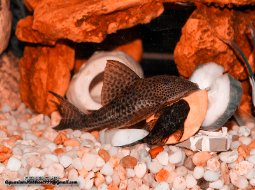
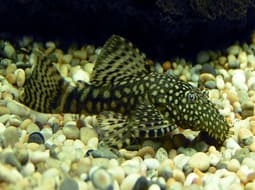
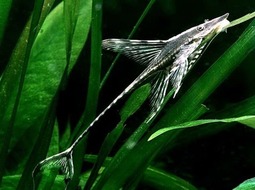

.jpg)

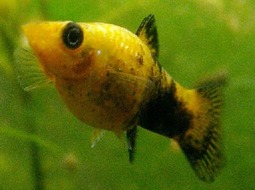

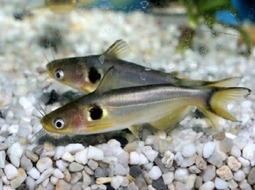
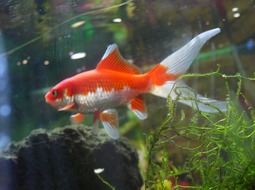
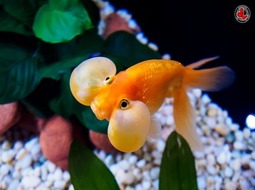


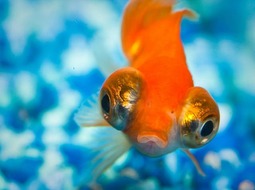
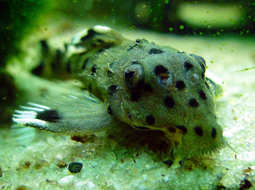

.jpg)
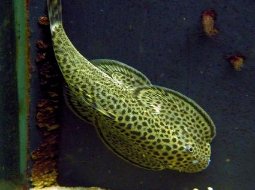
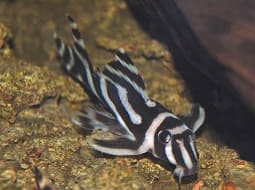
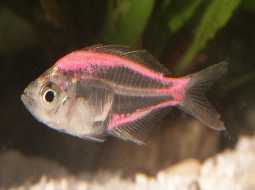
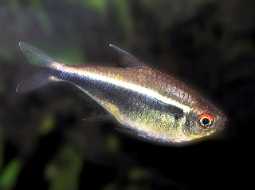
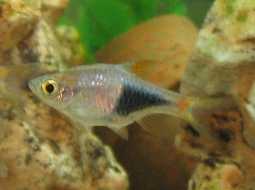
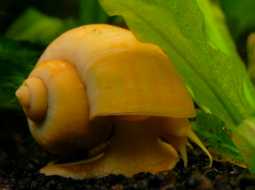
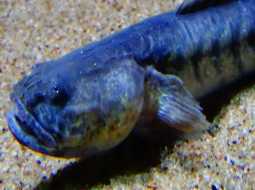
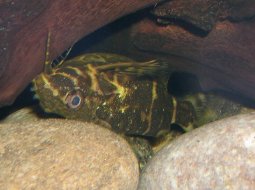

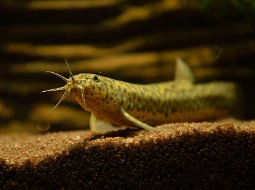
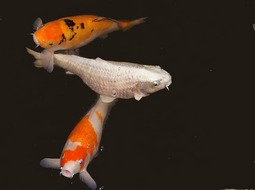
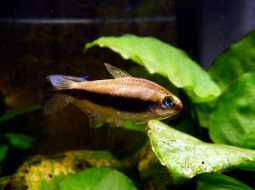
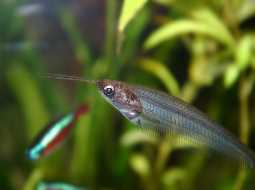

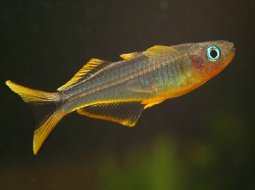
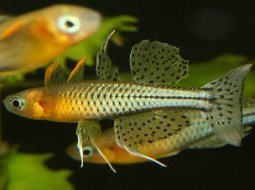

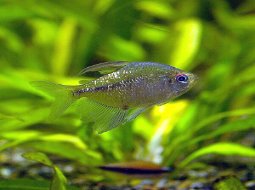
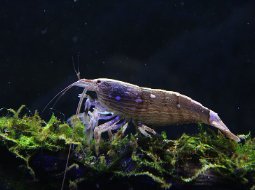
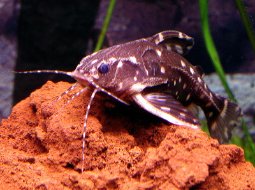


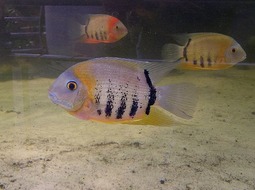
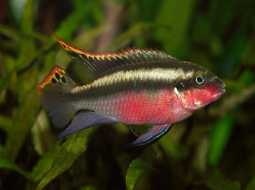
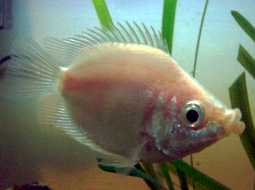
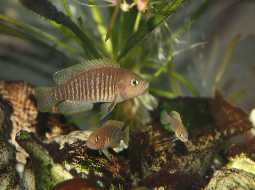
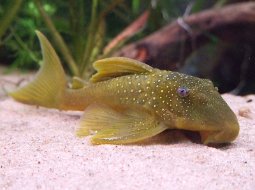

.jpg)
